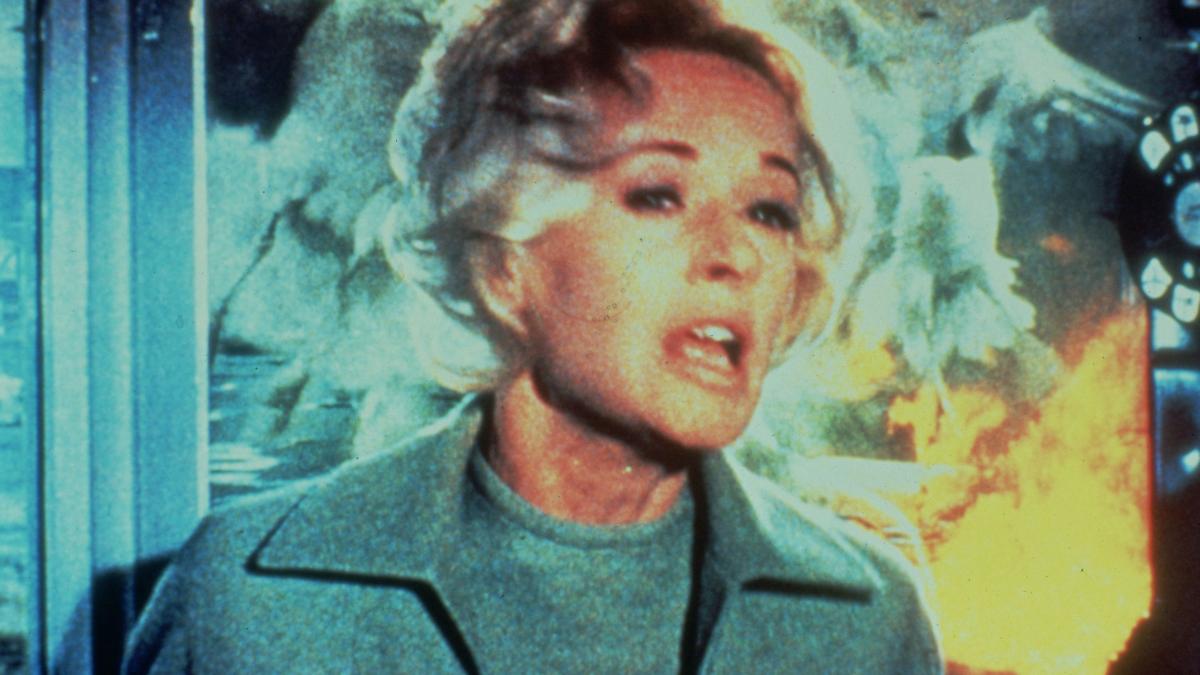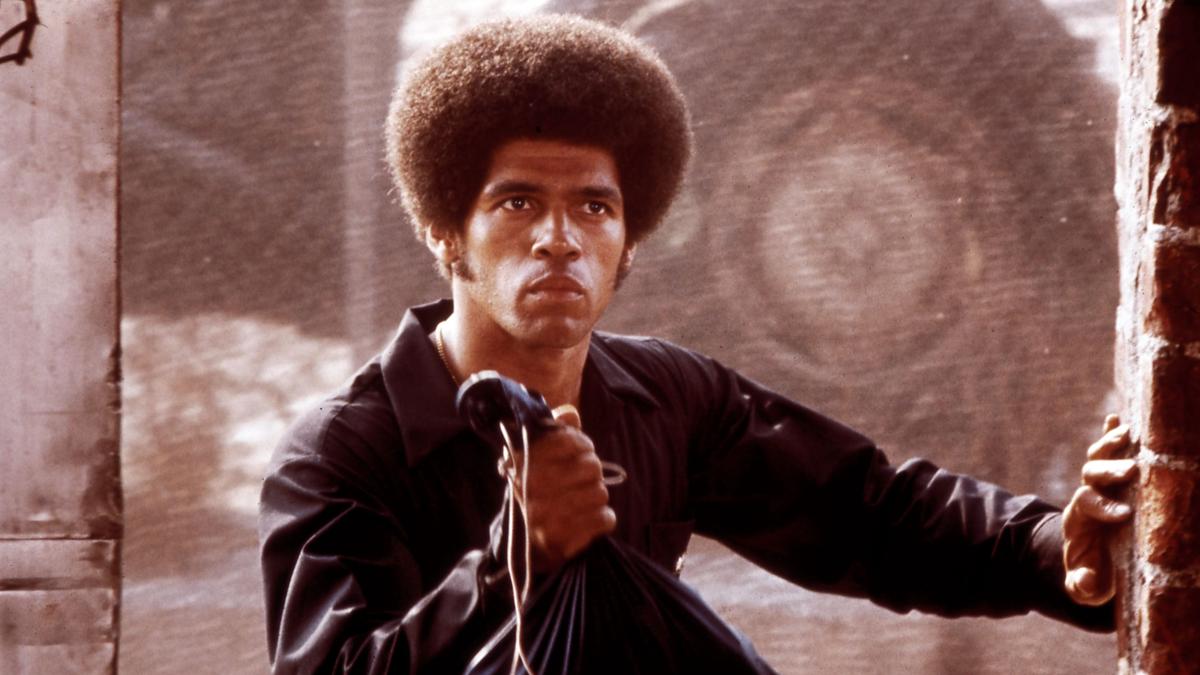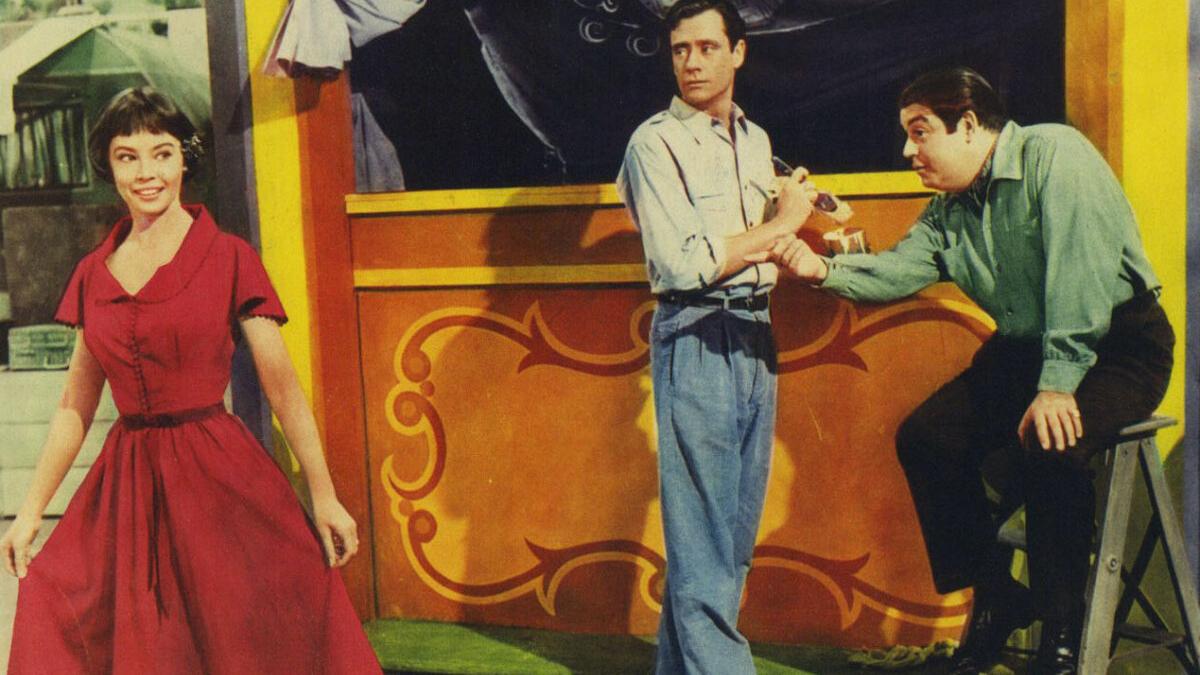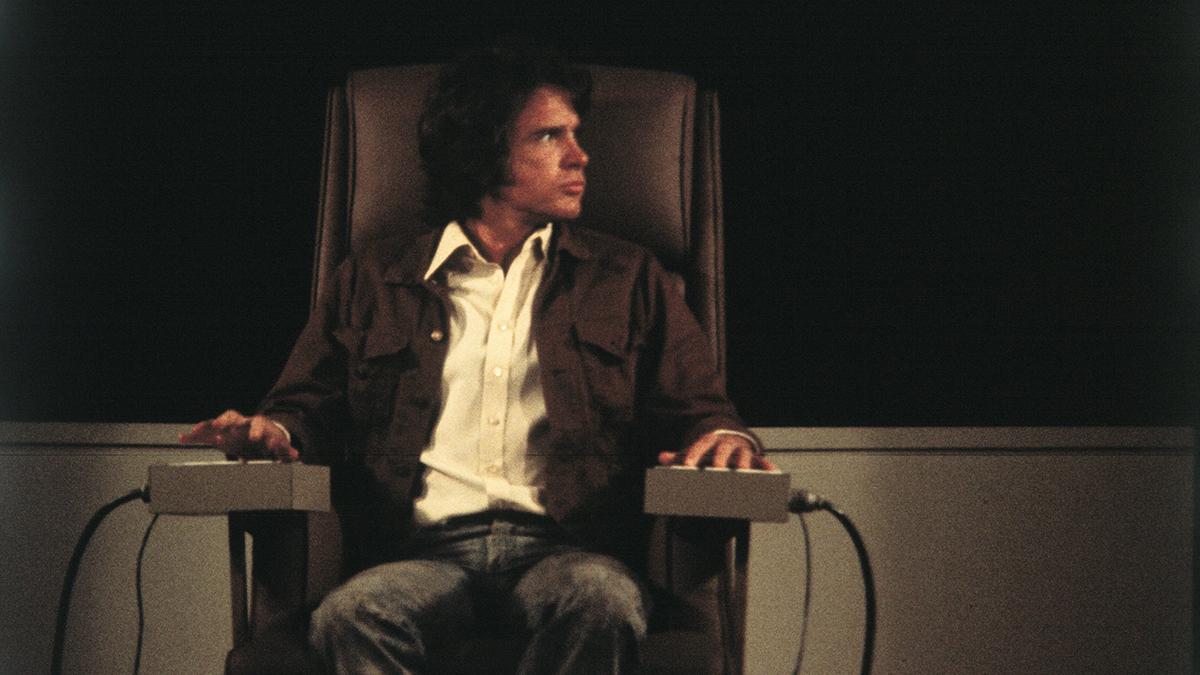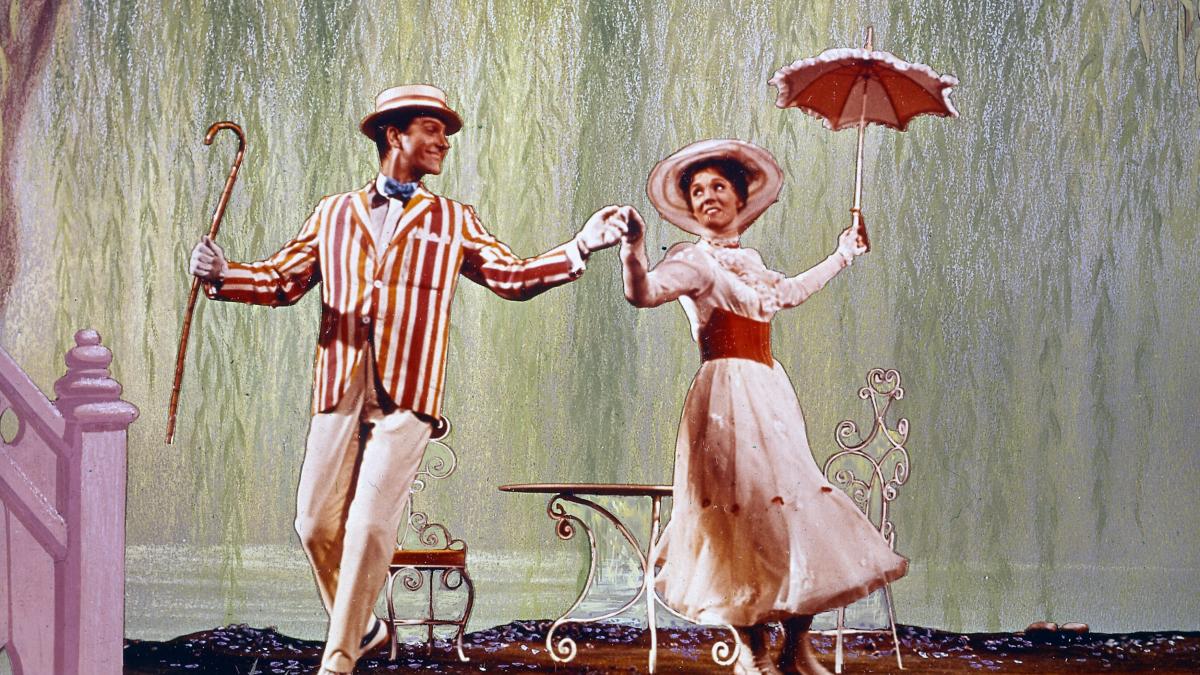Chicago Film Society Presents:
Technicolor Weekend
August 22–24
The Technicolor printing process involved transferring yellow, cyan, and magenta dyes one by one onto the film base to create the release prints shown in theaters, in a process analogous to offset printing. Originally developed in concert with the three-strip Technicolor filming process (discontinued in 1955), the dye imbibition printing process proved resilient, adapting itself to create stunning prints from single-strip Eastmancolor negatives. Prints produced using this method were known for their deep, saturated colors, and the resulting "look" is effectively impossible to replicate using 2025's digital or analog technologies.
Technicolor prints also have the archival benefit of extraordinary color stability. While the colors in an original print on Eastmancolor stock (the leading Technicolor competitor from the 1950s to the 1970s) would be completely faded to pink today, Technicolor prints have color just as rich as the day they were released.
Although Technicolor printing ended in the US around 1974, the process was so beloved that it was very briefly revived from 1996 to 2001 (at incredible expense), during which time a handful of large studio titles were printed. The process was retired permanently when Technicolor was bought by the British media company Carlton Communications, rendering every surviving Technicolor print completely irreplaceable.
All of the films in this series will be projected from prints that were at one point or another saved by private collectors. They were intended to last only through their initial runs, but instead have endured hundreds of screenings, studio mergers, film exchange closures, and multiple private owners. These unlikely survivors offer us a view of what these films looked like before digital color correction and other modern restoration techniques, and are stunning examples of an incredibly complex industrial process that delighted millions. Synopses courtesy of Chicago Film Society.
WHAT IS CFS?
Founded by projectionists in 2011, the Chicago Film Society promotes the exhibition and preservation of film in context. CFS screenings provide access to the restoration efforts of archives, studios, and private collectors, the work of artists exploring the film medium today, and the experience of seeing film projected live in a theater, with an audience. As physical artifacts, the film prints we show hold the stories told by films—but also the stories of the industries that produced them, the labs that printed them, the places where they were exhibited, and the people who watched them. Through screenings, writing, film preservation projects, and workshops, CFS works to make all of this context visible and accessible to the public. Learn more about Chicago Film Society at chicagofilmsociety.org.



